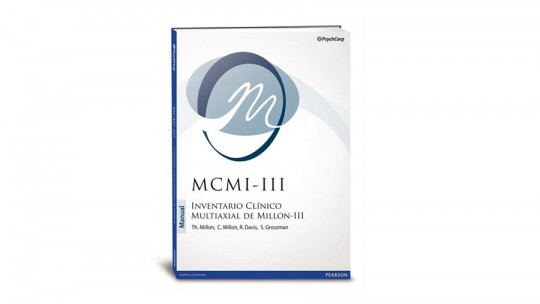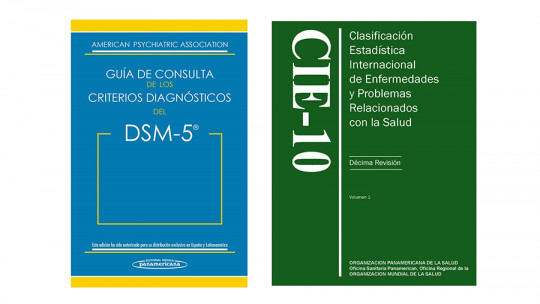
In psychological evaluation there are many tests used and validated to evaluate both personality disorders and other pathological conditions, such as syndromes or clinical disorders (for example schizophrenia, depression, mania, etc.).
In this article We will learn about the Millon Multiaxial Clinical Inventory, specifically the MCMI-III, although we will see how there are also previous versions and a later one. This test evaluates personality disorders and clinical syndromes.
Millon Multiaxial Clinical Inventory: what does it evaluate?
The Millon Clinical Multiaxial Inventory (Millon MCMI-III) is, as its name suggests, a clinical inventory with multiple axes. Specifically, it has two axes: Axis I (includes different clinical syndromes of moderate and severe severity) and Axis II (includes basic and pathological personality scales). In addition, it also has psychometric scales.
This is a test for clinical use in adults intended to evaluate personality disorders and different clinical syndromes (psychopathology).
Who was Theodore Millon?
Theodore Millon, the author of the Multiaxial Clinical Inventory, was an American psychologist who pioneered personality research In addition, he is also the author of more than 30 books and 200 articles.
Millon was the first to use weighted averages, which established that not all factors influenced total scores equally. On the other hand, the construction of his tests was carried out through the combination of rational, empirical and factorial criteria.
Versions
Millon inventories have always been coordinated with the DSM (Diagnostic and Statistical Manual of Mental Disorders).
In addition, the Millon Multiaxial Clinical Inventory has been evolving, so in reality we find up to 4 versions: the MCMI-I (coordinated with the DSM-III), the MCMI-II (coordinated with the DSM-III-R), the MCMI-III (coordinated with the DSM-IV) and finally the MCMI-IV.
In this article we will focus on the Millon Multiaxial Clinical Inventory MCMI-III (that is, the third version), as it is the best known and most used in recent years.
Characteristics
The Millon Mutiaxial Clinical Inventory is aimed at adults, It has an administration time of between 20 and 30 minutes and is for individual application On the other hand, the design of this inventory implies that more importance is given to the most valid items.
Also, T. Millon establishes the concept of the base rate, applied when the syndromes are not distributed according to the normal curve ; That is, this concept causes syndromes and pathologies to be distributed based on epidemiological and theoretical studies.
Components
As we have seen, the Millon Multiaxial Clinical Inventory is divided into different components:
1. Axis I
This axis includes different clinical syndromes of moderate and severe severity
Within moderate severity syndromes, we find:
AND within clinical syndromes of severe severity we find three:
2. Axis II
Axis II of the Millon Multiaxial Clinical Inventory includes personality scales which in turn are divided into two: basic scales and pathological scales.
The basic scales include the following personality types:
For their part, pathological personality scales include the following personalities:
- Schizotypal.
- Limit.
- Paranoid.
3. Psychometric Scales
The psychometric scales of the Millon Multiaxial Clinical Inventory are these:
3.1. Validity
Detects mental confusion or extreme negativistic behavior, are responses of extreme tendencies. It is made up of items with implausible but not absurd content (it is a random response scale).
3.2. Sincerity
Rate to what extent patients try to be honest ; It focuses on sincerity and openness, reflecting at one end the tendency not to be secretive and at the other the tendency to be reticent, ambiguous or secretive.
3.3. Desirability
Detect wanting to make a good impression, wanting to appear mentally healthy and socially virtuous It also includes people who deny being unattractive or who deny having any peculiar problems.
3.4. Disturbance
This scale attempts to detect the tendency to degrade, accentuate anguish and exhibit emotional vulnerability by the patient.








